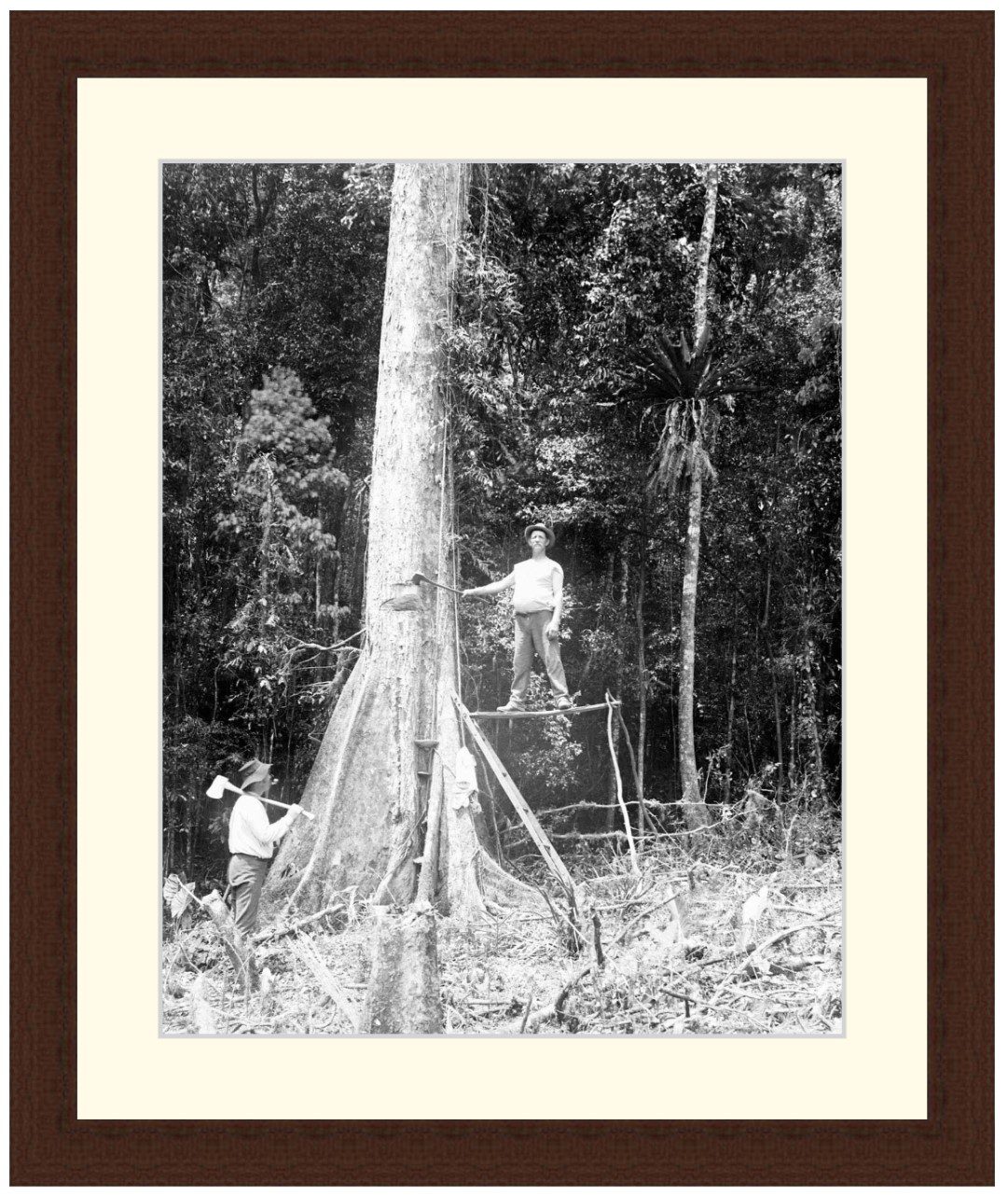History Guild General History Quiz 192
See how your history knowledge stacks up!
Want to know more about any of the questions? Scroll down to learn more!
Have an idea for a question? Suggest it here and we’ll include it in a future quiz!
The stories behind the questions
1. How many Allied vessels were lost during Operation Dynamo, the 1940 Dunkirk evacuation?
243 – Over a two week period hundreds of ships and small craft evacuated 338,000 Allied troops from Dunkirk to Britain. Most of those sunk were the ‘little ships’, a fleet of about 850 private boats that sailed from Ramsgate in England to Dunkirk.
2. Which Colonial power ruled Gabon until 1960?
France – Previously a territory of French Equatorial Africa, in 1940 it was the site of a 2 week battle between Free French and Vichy French forces, with a Free French victory. Gabon gained independence in 1960.
3. Which vessel, launched in 1906, was so revolutionary as to render all previous battleships obsolete?
HMS Dreadnought – HMS Dreadnought’s combination of 10 x 12in guns in turrets, speed and armour outclassed all battleships in existence time and spurred a frenzy of naval construction in the years leading up to WW1. The ship was also one of the first to be christened with Australian wine, rather than French Champagne, as it was felt that preference should be given to ‘products of empire’.
4. Which conflict did the Peace of Westphalia end?
30 Years War – The conflict, which raged across Central Europe between 1618 and 1648, had a deep and lasting impact on the continent. It involved all major European players at the time, from the German states — where most of the fighting was done — to Spain, France, Denmark and Sweden. The events that kicked off the war took place in Prague.
5. How were the majority of trade goods within the Roman Empire carried?
Ships – River and sea transport was essential to the everyday life of the Roman Empire. While dangerous winter seas were closed to sailing, river boats transported goods year round. It was via rivers that imports travelled from coastal ports to inland towns and farms. Cities relied on rivers to bring food, building materials and fuel from their rural hinterlands.
6. What language is the word ‘history’ derived from?
Ancient Greek – The word history comes ultimately from Ancient Greek historía, meaning “inquiry,” “knowledge from inquiry,” or “judge.”
7. Where was the Nazca civilisation centred?
Peru – The Nazca lived near the southern coast of Peru from 100 BCE to 800 CE. They are known for their Nazca Lines, geometric shapes, lines, and animal figures carved into the desert floor.
8. At the end of WW2, when was Britain able to end rationing?
9 years after the end of the war – Food remained in short supply in the years following the war. Rationing of some food items were more restricted in the years 1946-48 than during wartime and rationing was only ended in 1954.
9. In 1821 a female Admiral first commanded a fleet. What was her nationality?
Greek – Laskarina ‘Bouboulina’ Pinotsis ran a successful shipping empire based in the island of Spetses. She commanded a fleet of 8 ships during the Greek war of Independence, including Agamemnon, the largest ship of the Greek forces in the war.
10. When was the highest unemployment rate in US history seen?
1933 – The highest rate of U.S. unemployment was 24.7% in 1933, during the Great Depression. Unemployment remained above 14% from 1931 to 1940.








